Among the many nuances of baseball is recognizing the importance of the count. Knowing when to swing, when to hold back and when to just let it rip no matter what the circumstance is often the difference between a good hitter and a great hitter.
Need evidence? How about Barry Bonds. In his record-breaking season, in which he hit 73 homers, Barry Bonds had an astounding 27 percent walk rate. That means that in just over a fourth of his at bats, Barry Bonds made it to first base free of charge. Taking walks, and the ability to utilize the count in his favor, was a major factor in his ability to hit homers.
Let’s take a look at something a little more recent: Mike Trout. Just to emphasize the importance of hitting counts, he hit a whopping .341 in 1-0 counts. When faced with an 0-1 count, Trout dropped to a much lower .271 batting average. Again, the difference between a good hitter and a great hitter can be the counts they find themselves in game to game.
With all of that said, let’s take a look at some quick hints on how you should approach each individual count.
0-0: This is the most complicated count in the book, and it’s one that every hitter faces during every at bat. How do you approach an at bat that hasn’t even started yet? First things first: what’s the situation at hand? If you have runners on, or perhaps the pitcher is throwing a little wildly, take a pitch. The last thing you want is to run into a double play without making the pitcher work for a little bit.
Conversely, if you find yourself up with nobody on, take a whack if you see your pitch. There’s no harm in a quick at bat if it ends in a homer. Be careful not to swing at anything on the borders of the strike zone, as that’s the easiest way to help a pitcher get into a groove.
0-1: Now it’s time to sweat a little bit. Don’t be afraid to swing away if a pitch looks good — getting into an 0-2 hole is the absolute last thing you want. That being said, it’s easy to get antsy. Look for something you can put the bat on, but everything else should be a no go.
1-1: We find ourselves at an even count once again! Much like the “0-0” count, you’re going to want to look into the situation at hand. The pitcher won’t want to get behind in the count, so look for something good to hit.
2-0: Now the pitcher is sweating. If he does not come in with a strike here, he’s going to have to throw you a meatball unless he wants to give you a free pass. This is a count you should be looking for something to mash.
2-1: You’re still in a great spot. Anything that is not in your wheelhouse should be given a hard pass. A 2-2 count is still workable and you don’t want to give up your good position.
1-2: Time to buckle up. Anything close is going to need a swing and you’ll probably be better off going “contact” with that swing. The good news is that, about half the time, you can look for something off speed and outside of the zone. The pitcher won’t want to give you anything to hit, but if he’s in a groove it might be a good time to see just how long you can make the at bat last.
2-2: Pitchers are going to want a strike as badly as you’ll want something to hit. They have room to come in with something off speed, so be wary of that. If anything even touches the strike zone, you’ll need to give it a hack. It’s not a bad play to go “contact” here and foul some stuff off until the pitcher eventually makes a mistake.
0-2: The daunting “0-2” count is a hitter’s nightmare. There’s not much you can do here since the pitcher has ample room to mess with your head. Your best bet is to lengthen the at bat and get a better count. Best-case scenario, you slap one through a hole or the pitcher makes a mistake.
3-0: Don’t swing. Most players are doing themselves a real disservice by swinging at a 3-0 pitch, especially if the double play ball is a possibility. Instead, make the pitcher throw a strike. A walk gets you on base 100 percent of the time, but a hard hit ball still gets you on base less than 50 percent of the time. If you must swing, wait on the meatball to do some major damage. Lock into a specific pitch and location, and if the pitcher gives you what you want to see, lock-n-load.
3-2: The full count is everything that makes baseball great. One mistake here can change the course of an entire game. The pitcher has to throw a strike, so get ready for something to hit. An off-speed pitch is unlikely to show itself here, so gear up for a fastball.



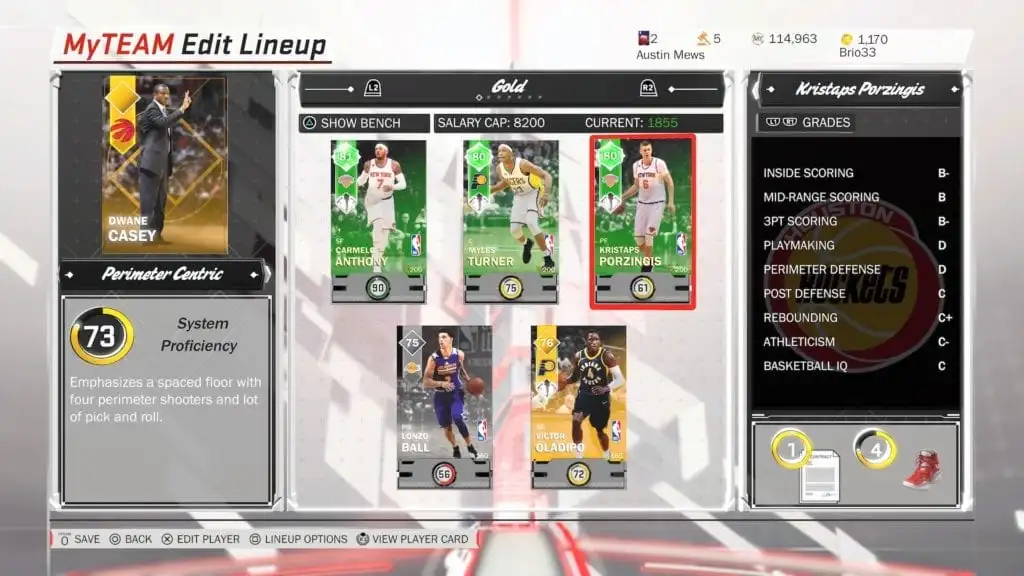
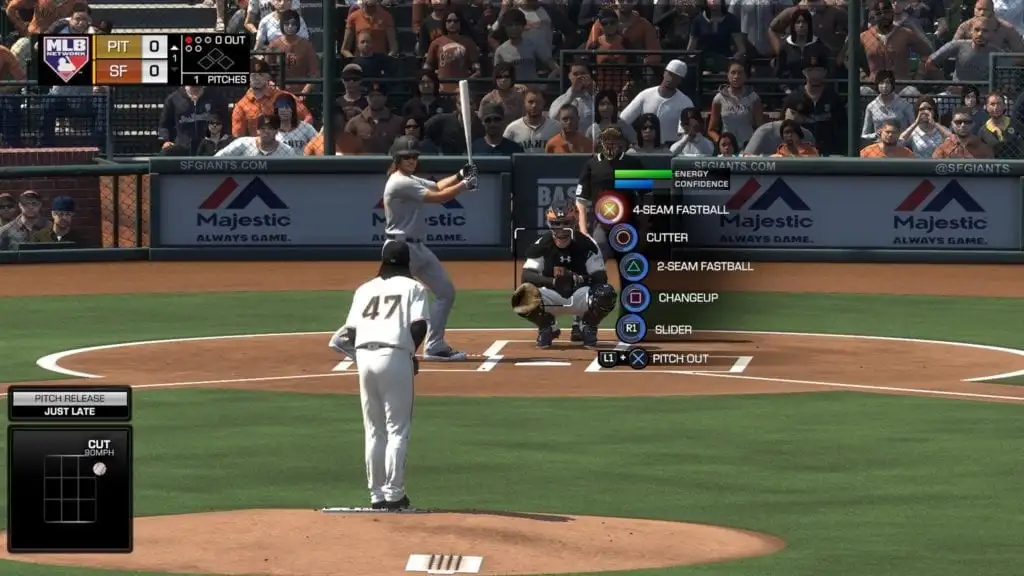
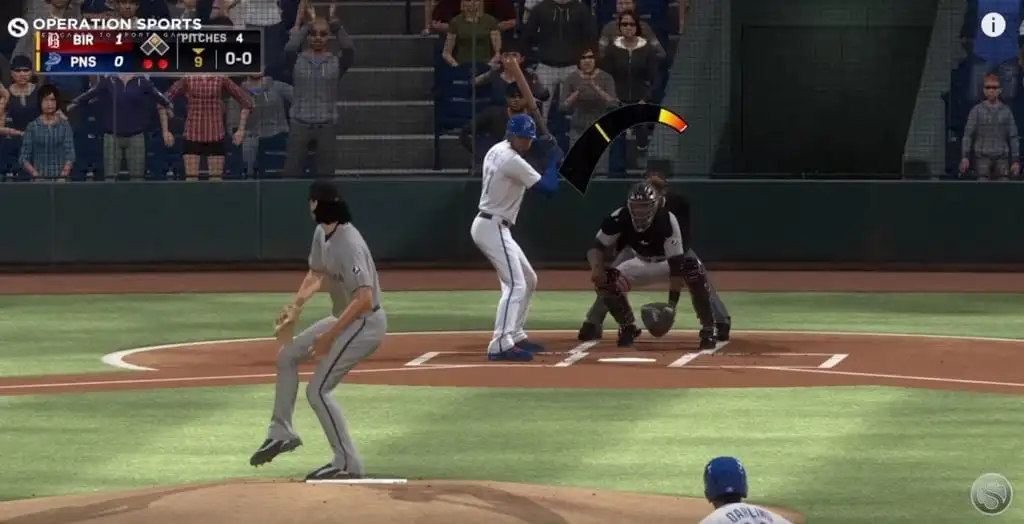
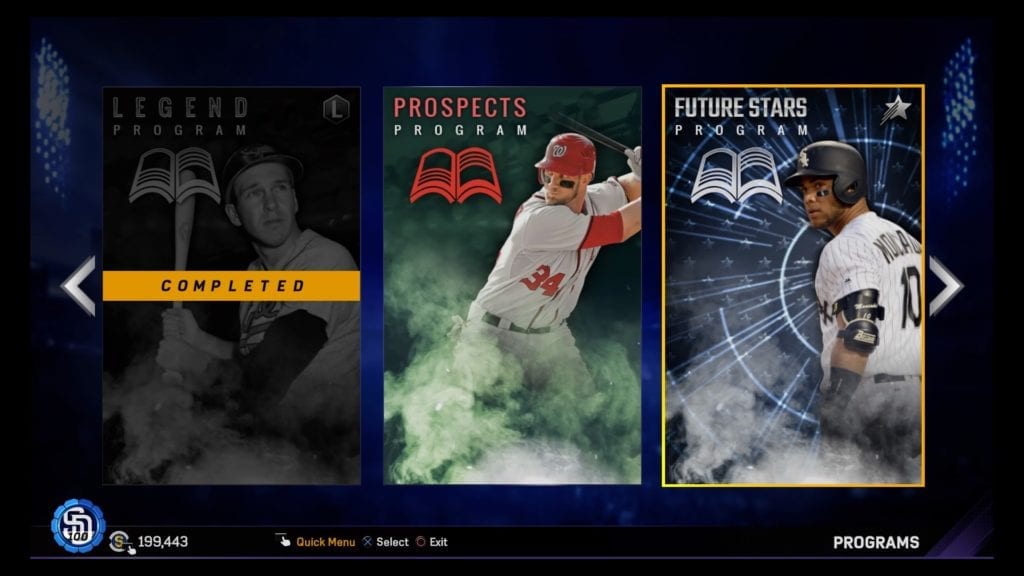
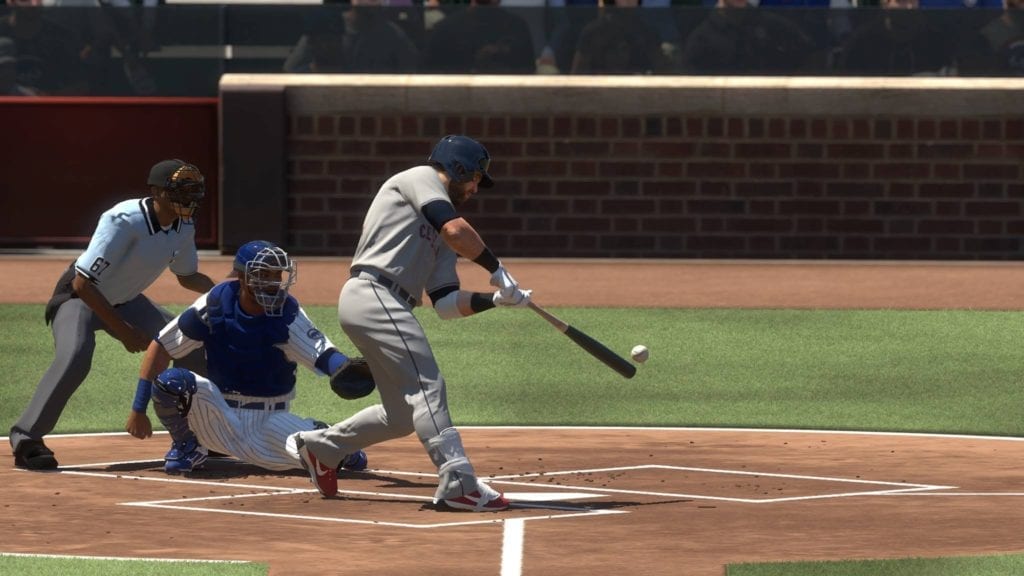
Published: Apr 25, 2017 10:28 am